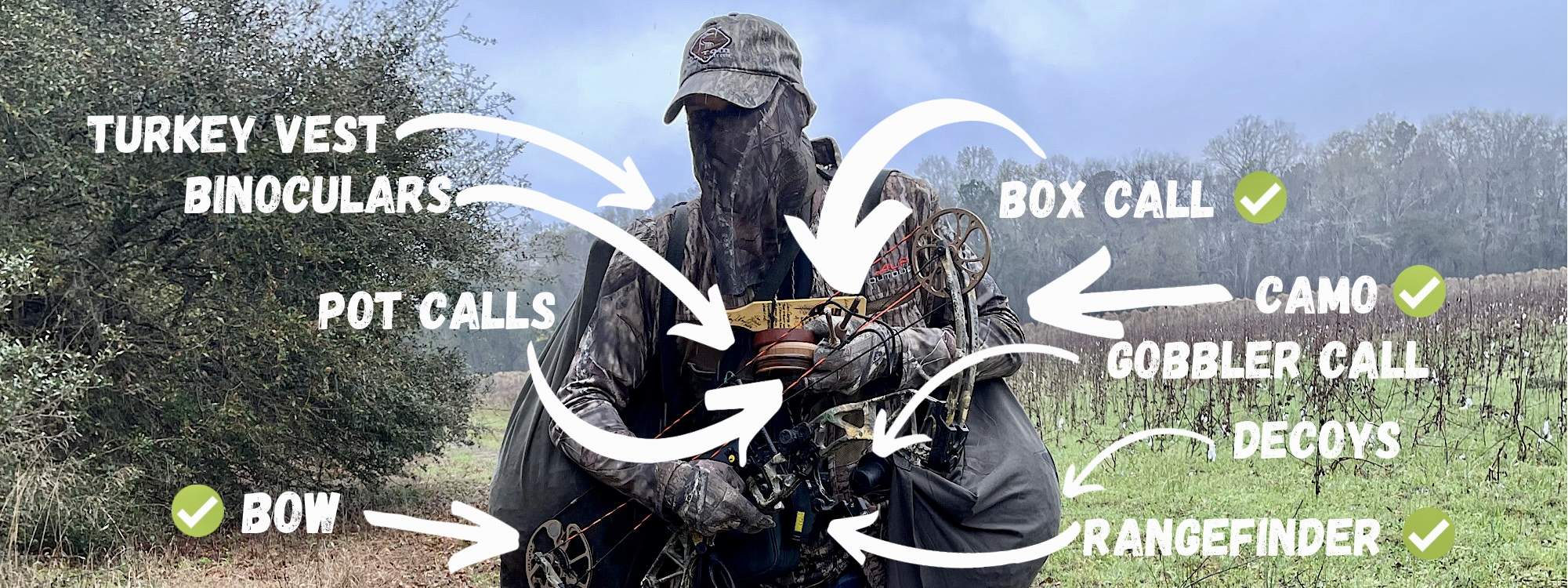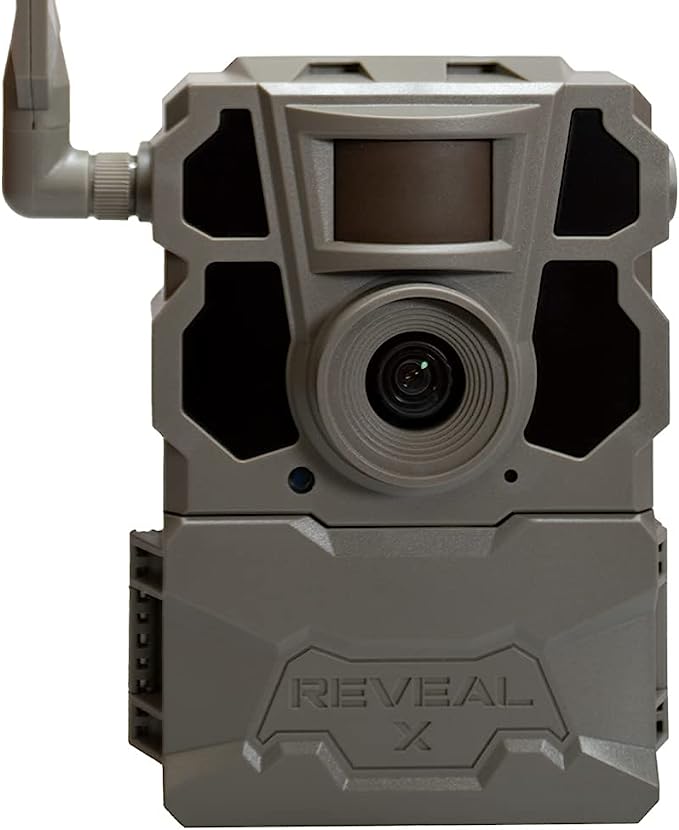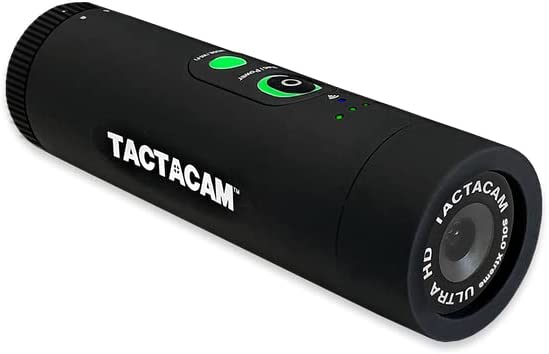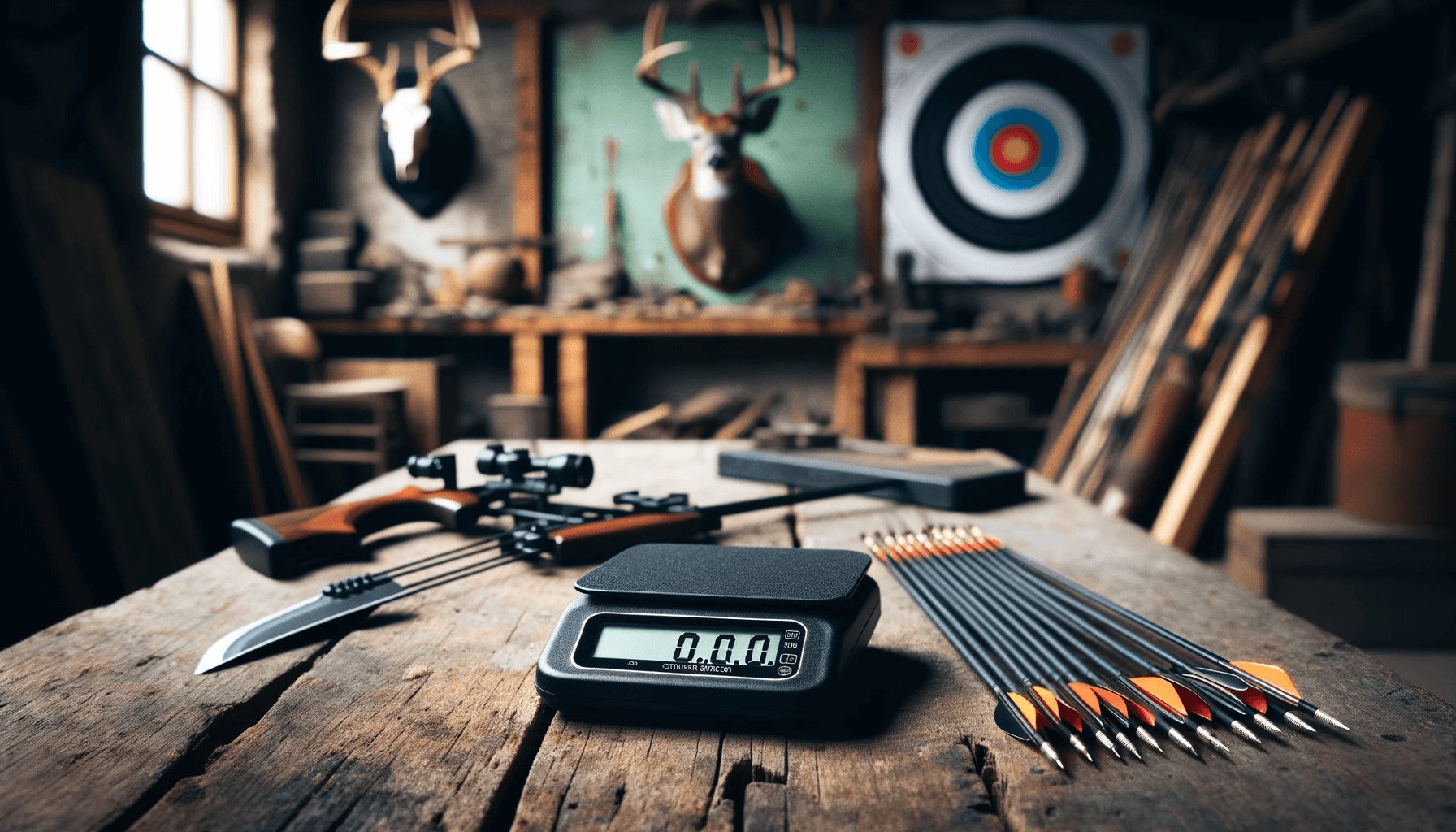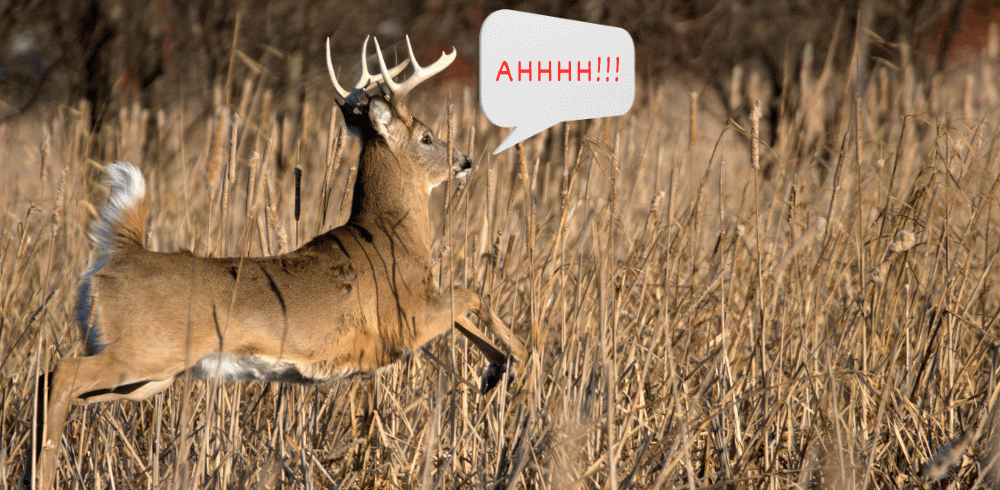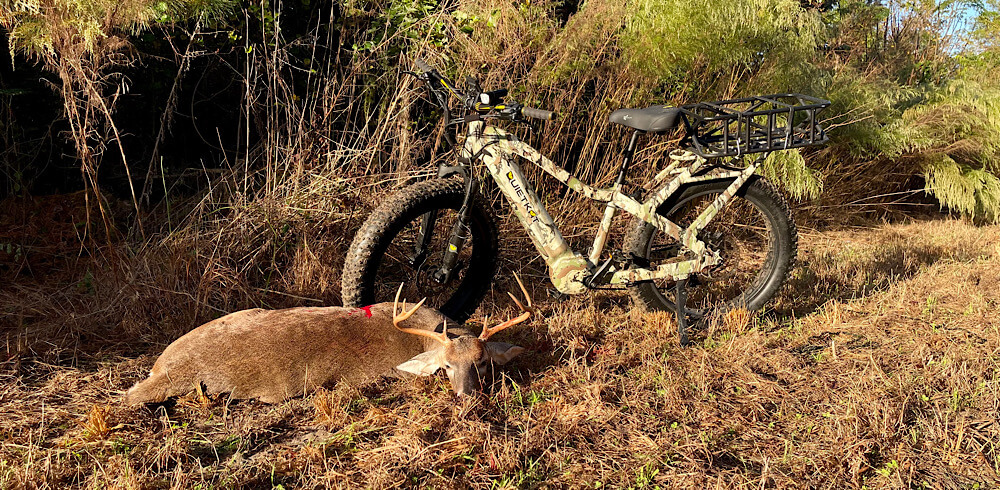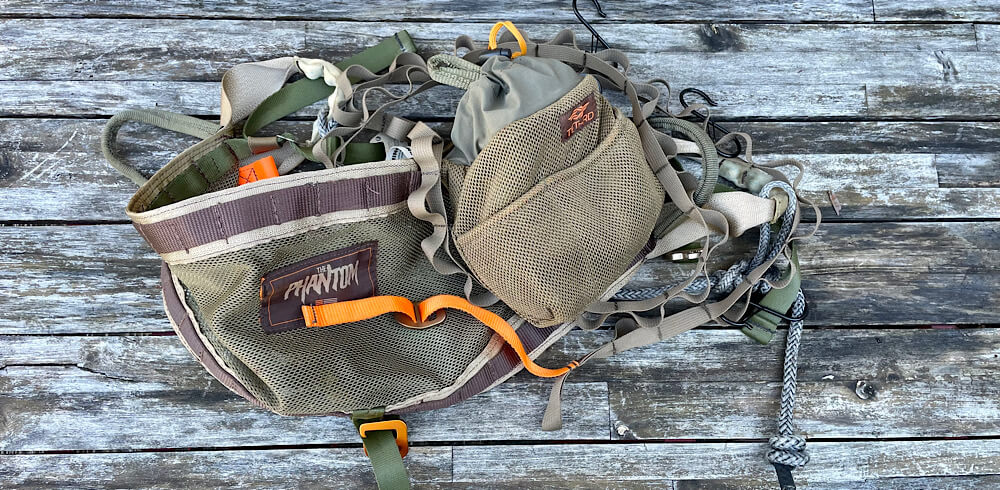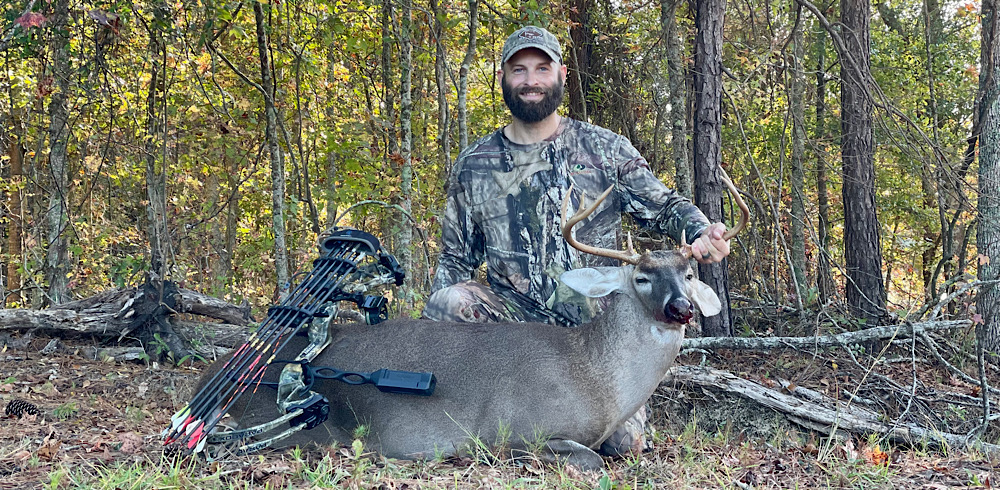The Consumer Generation
Humans love to buy. Plain and simple. If it’s out there, we want it. Never has there been a time in human history quite like this. Credit cards and the low cost of goods manufactured overseas have given us an itch that we just can’t seem to scratch, particularly with items that offer some sort of edge or convenience. Hunters aren’t immune to it. In fact, we can be worse at times than the general public, due to the difficulty of our exploits. Killing a big buck or a longbeard is no easy task, so any gadget or gismo that will get us a little closer to that goal is a necessity in our eyes. However, these seemingly necessary items can be a huge barrier to entry for many new hunters. Let’s face it, hunting is a gear-intensive sport, regardless of one’s frugality. From bows to decoys, and everything in between, there’s a lot that’s available to the hunter with a big wallet. But we’re not here to talk about the can haves, we’re here to talk about the must haves. What are the bare essentials for turkey hunting.
Can’t Kill It With Your Hands
Without a weapon – in our case, a bow – you might as well call your hunt “bird watching” because that’s all it is without a bow in hand. But which bow do you need? Most of the big names out there are touting decked out bows with price tags anywhere from $1500-$2000. And that’s without all the accessories you have to purchase to fully build the bow. There are a few high-quality brands, however, that offer mid-tier bows that you can confidently hunt with. Bear is one of them.
I shoot a Bear Paradox RTH. RTH stands for “Ready To Hunt,” which means it comes with all the accessories you need, such as whisker biscuit, quiver, sight, etc. All you need to purchase with an RTH bow is the release, arrows, and a pack of broadheads. Brand new, the Paradox was $500. The total out the door, after the release, arrows, broadheads, and tax was just shy of $700. You can definitely find cheaper bows out there that will fly straight enough and fast enough at close range to kill a turkey, but I think it’s safe to say you’ll be using that bow for other game as well, and saving $150 isn’t worth missing or losing deer in the Fall from an inaccurate or low-speed bow with cheap accessories. In the grand scheme of things, $700 spread out over years of enjoyment that it will bring isn’t that big of a cost. It just feels that way upfront. If you can swing it, buy a mid-tier bow. Now, for sake of time, we’re just going to assume that if you’ve got a bow, you’ve also got arrows, broaheads, and a release, so we know you’ve got what you need to kill ’em, but can you talk to them?
Calls
It’s a rare thing to kill a turkey that you never called to. Usually when that happens, you’ve either set up right underneath him before daylight and he just happened to fly down right in front of you, or you’ve set up in a spot that you’ve seen him come to many times through trail cams or boots-on-the-ground scouting. The point is, without calling to a tom, you usually won’t get him in bow range. If you don’t own a turkey call, now’s the time to buy one. And practice every day. If you’re comfortable with a mouth call, my go-to is the Red Wasp by Woodhaven. I’ve had great success with that raspy sounding call. For a first-timer, not comfortable with a mouth call, you’ll want to start out with a box call or pot call. Bone Collector – Michael Waddell and his team – offers both box calls and pot calls. And if you know anything about Michael Waddell, you know he’s a turkey killing machine, so you know his calls are held to a high standard. No matter what call type you choose, search “how to use a turkey call” on YouTube and learn as much as you can. The better you call, the higher your odds of getting that bird in front of you. That is, as long as he doesn’t spot you first.
Concealment Is Key
If you’re unaware of just how good the eyesight of a turkey is, just know that if you move at all while it’s looking in your direction, you can forget about taking that bird home. Choosing the right setup – blind, backdrop, location with respect to the sun – helps a great deal with concealment, but the first step to fooling a turkey’s eyes is having quality camo from head to toe. Mossy Oak offers a great lineup of Spring camo to help you blend seamlessly with your chosen backdrop.
The second most important part of concealment is your blind. Shotgun hunters can literally just choose a wide tree to lean against and they’re set, because their movement is limited to a slow trigger pull. As bowhunters, we need a blind, natural or manufactured, to keep our much larger movement hidden. You don’t have to purchase a blind, but the convenience and amount of concealment offered make it the number one choice for most bowhunters.
Ameristep offers a great line, and I use two in particular – the Doghouse and the Brickhouse. The Doghouse is smaller, quieter, and more versatile than the Brickhouse, but the Brickhouse offers an enormous amount of room to draw, have another person or two with you, and have all your gear close by. The Brickhouse is not ideal for early morning hunts, as there is no quiet way to set it up. It should be set up midday when you can see well and know there are no turkeys close by, or at least a day prior to a morning hunt.
The Doghouse is a good candidate for a pre-dawn setup. If you choose to go the free route and construct a natural blind, just make sure the camo you are wearing will blend with the natural foliage/brush/vines you’re choosing for your blind material. And go as high with it as you can comfortably shoot over. You’ll need your draw to be as hidden as possible, while still being able to shoot over the blind from the seated position or by raising up on your knees. Either way you go – manufactured or natural – the key is to be as hidden as possible from all possible approaching sides. And remember, stay out of direct sunlight, as it will exacerbate your movement.
Gotta Know The Distance
Whether you’ve got a multi-pin or adjustable, single-pin sight, it won’t do you a bit of good if you don’t know how far you are from the bird.
A rangefinder, such as the Sig Kilo 1800BDX that I use, will give you the info you need in a flash to be dead on. And though decoys are not completely necessary for tagging a longbeard, they can be a huge help in not only luring one in close, but also giving you something to range when you first set up, so you’re not fumbling with your rangefinder while the bird is approaching. You’ll already have a good idea of the distance, should he get within 5 yards or so of your decoys. Find out why you might want to have decoys on hand here.
Skill Over Gear
That’s it. Just that handful of items is all you really need to get after Spring chickens. Now, I know the list of possible gear items for turkey hunting goes on and on and on. Believe me, I’ve owned a lot of it. However, most of it stays at home during the season, because when it comes down to it, woodsmanship accounts for a whole lot more than high-dollar gear. If you know turkey behavior, how to scout, how to shoot, and how to call – more importantly, when to shut up – you’re well on your way to slinging that bird over your shoulder and walking to the truck grinning from ear to ear.

